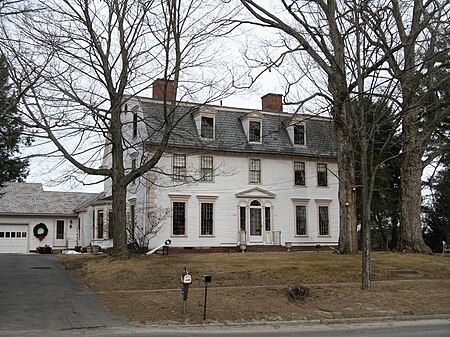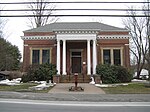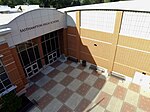Southampton, Massachusetts
1753 establishments in the Thirteen ColoniesPages including recorded pronunciationsPopulated places established in 1753Southampton, MassachusettsSpringfield metropolitan area, Massachusetts ... and 2 more
Towns in Hampshire County, MassachusettsTowns in Massachusetts

Southampton ( (listen)) is a town in Hampshire County, Massachusetts, United States. It was established first as a district of Northampton in 1732. It was incorporated in 1775. The name Southampton was given to it during its first town meeting in 1773. Its ZIP code is 01073. Southampton is part of the Springfield, Massachusetts Metropolitan Statistical Area. The town had a population of 6,224 at the 2020 census.Southampton was rated having the best tasting tap water in the country in 2008 by the National Rural Water Association.U.S. Senator Ted Kennedy was involved in a plane crash in the town in 1964.
Excerpt from the Wikipedia article Southampton, Massachusetts (License: CC BY-SA 3.0, Authors, Images).Southampton, Massachusetts
College Highway,
Geographical coordinates (GPS) Address Nearby Places Show on map
Geographical coordinates (GPS)
| Latitude | Longitude |
|---|---|
| N 42.229166666667 ° | E -72.730555555556 ° |
Address
College Highway 214
01073
Massachusetts, United States
Open on Google Maps









